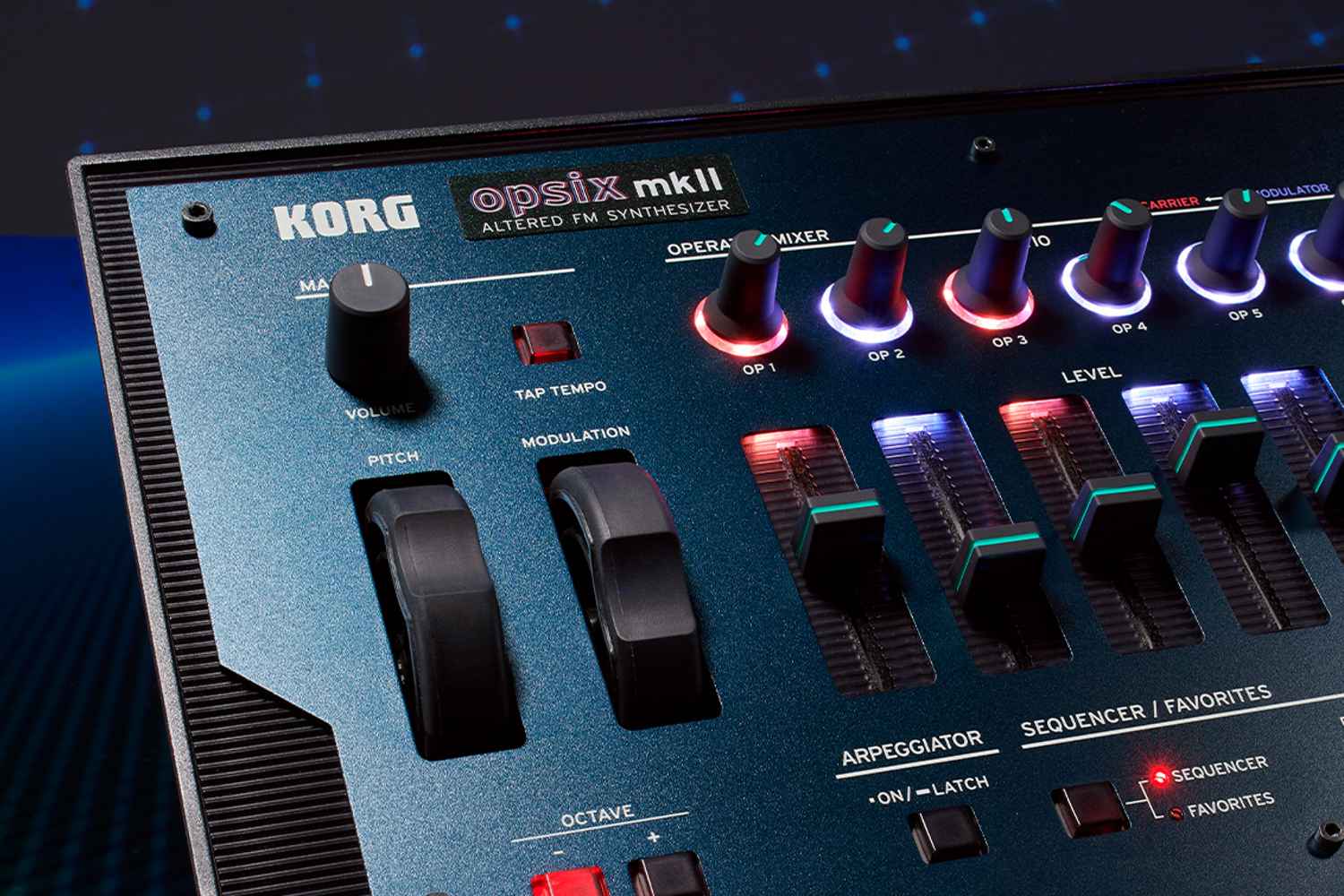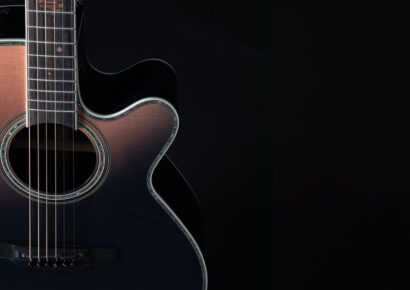The Japanese purveyors of all things synth and keyboard came to Anaheim with a whole bunch of major announcements in tow and boy they did not disappoint.
If there was one brand who had everybody talking at this year’s NAMM, it was undoubtedly KORG. First off the bat was their announcement that the brand would be reissuing their iconic PS-3300 synthesizer for 2024.
Korg
If you are unfamiliar with the PS-3300, you’d be forgiven. Just 25 were produced in the late 70s, in turn making them one of the most collectable (and physically largest) synthesizers in existence. Unfortunately for the PS-3300, high production costs (which were more than justified given the incredible, unmatched sound of the finished product) put it out of reach of most players. But for those lucky enough to come into contact with the PS-3300 it was love at first sight, amassing a significant cult following amongst a worldwide network of analog synth collectors and message board dwellers.
Read up on all the latest features and columns here.
2024’s NAMM Show saw Korg announce the re-issue the PS-3300 in the PS-3300 FS (full scale). The PS-3300 FS features 49 keys/49 voice analogue polyphony, expanding on the original 48 keys/voices. Panel memory function allows for 16 programs per bank, with 16 banks = 256 slots overall. The keyboard unit, the PS-3010, is included.
Yoshihito Yamada, Chief Engineer of Korg Analogue Synthesizers, spoke of the new PS-3300, saying:
“Bringing back to life these legendary machines is not only a process of reproducing circuits and sounds, but also of learning and embracing the essence of the philosophy and development of synthesizers.
Through this project I was able to relive the history of Korg and a critical moment in the evolution of our synthesizers. This was an extremely valuable experience that provided an opportunity for Korg’s philosophy and technology to be carried on to future generations.”
PS-3300 FS
If the Korg PS-3300 FS speaks to Korg’s history, a re-issue of a previously unattainable piece of audio synthesis history, the new Opsix MkII builds on Korg’s more recent successful forays into FM synthesis.
The Opsix MkII is an altered FM sound generator, expanding on the original Opsix and offering 64 simultaneous voices. Equally at home on the stage or in the studio. The Opsix MkII has sampling and synthesis in droves, all controlled with 37 velocity and release-velocity sensitive keys. Built to move with you, the Opsix MkI and MkII have an expensive offering, allowing you to work just about any way you choose to, with a focus on the instrument being an extension of the player.
The Opsix MkII is focused on workflow, its data entry knobs offering quick access to everything you may need. These changes are displayed on an OLED display, and different voices and sounds can be easily mixed and combined for entirely unique output.
Building on its modern offerings, the Opsix MkII also features Korg’s MS-20 low-pass/high-pass filter, Korg’s PolySix low-pass filter and more. The Opsix MkII can be viewed as six powerful ways of synthesizing: subtractive, semi-modular, analogue modelling, waveshaping, additive and classic FM synthesis.
If the PS-3300 FS and Opsix MkII were the entree, the main course was undoubtedly the announcement of the sequel to what is possibly the most popular synthesizer ever made, the legendary Microkorg.
Originally released in 2002 and influencing everyone from the indie sleaze of the early 2000’s right through to synth-punk and chillwave of the early 2010’s and even to this day, the original Microkorg has been one of the defining synths of the modern era, meaning Korg have a lot to live up to.
Thankfully then new Microkorg (or Microkorg II as fans are calling it) looks every bit as iconic as its predecessor, updating the workflow and user interface for modern times, while adding some new features and patches that are sure to find their way onto plenty of records forthcoming.
The sound engine itself remains relatively the same in terms of being a bi-timbral, 8 voice synthesizer, but where things get particularly interesting is with the addition of a third oscillator with all three boasting saw, square, triangle, and sine waves, single cycle waveforms (DWGS), and one-shot sample options. This makes for plenty of tonal sculpting and sound design options.
What’s more, the new Microkorg also has plenty to offer in the modulation department with advanced modulation options, including ring, sync, and FM (VPM) all beng selectable for any waveform, not to mention the new multimode filter with continuous filter-type morphing capabilities, for endless tweakability of generated sounds.
If you needed any more indication that it is indeed the year 2024, the new Microkorg has also updated its fairly limited digital screen found on the original, scrapping the former unintelligible layout and printed matrix (“Ptc Nos” anyone!) and replacing it with a new 2.8” colour display from which you can edit sounds, get a full overview of parameters, etc. The ability to visualise the waveform is sure to be a breath of fresh air especially for those who have programmed a Microkorg in the past, to whom this type of visual and tactile functionality is sure to be worth its weight in gold.
Making a return is the single knob functionality and patch navigation found on the original Microkorg and offering a bunch of new and updated preset banks that are in line with the times. Here we see new genres like ‘Dubstep’ and ‘Game’ represented as a reminder of what has occurred culturally in the years between the release of the Microkorg 2 and its 2002 ancestor.
Another new aspect of the Microkorg that has undergone a revamp is the all new effects section. Hosting three series of effects, including nine types of modulation, and six types of delay and reverb and 2-band parametric EQ with adjustable low and high bands, working in conjunction with the Microkorg’s tone generators and modulators to give the Microkorg more control than ever before. Can’t wait till one lands on our desk.
For local enquiries, visit CMI Music.







